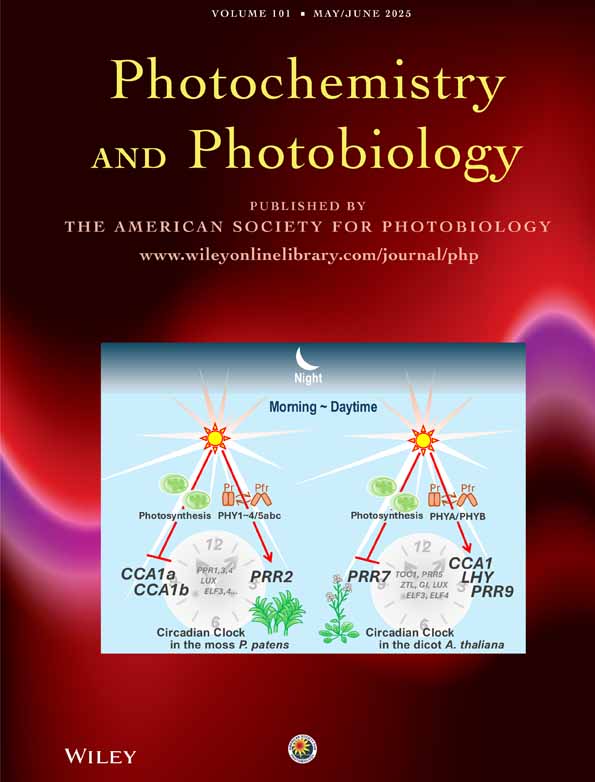ENVIRONMENTAL EFFECTS ON THE ELECTRONIC SPECTRAL PROPERTIES OF 1-PYRENECARBOXALDEHYDE AND THEIR APPLICATION IN PROBING BIOLOGICAL STRUCTURES
Abstract
Abstract— The electronic spectra of 1-pyrenecarboxaldehyde are sensitive to environmental polarity. In the fluorescence spectrum especially, an extensive loss of structure, large red shifts and an increase in the quantum yield is progressively observed on going from aliphatic to polar solvents or even mixtures between the two types of solvent. When 1-pyrenecarboxaldehyde interacts with substances possessing an amino group its fluorescence quantum yield increases without a simultaneous spectral shift or loss of spectral structure. These phenomena are explained in terms of the effect of the solvent on the nπ*-ππ* state coupling. The effect of temperature and the pH on the electronic spectral properties are discussed. The solvent-sensitive photophysical properties of 1-pyrenecarboxaldehyde can be used to probe the interior of lecithin vesicles. These properties, as well as the dynamics of the interaction of the hydrocarbon with proteins, can yield information about mitochondrial membranes.




